Best Things to Do in Kansas
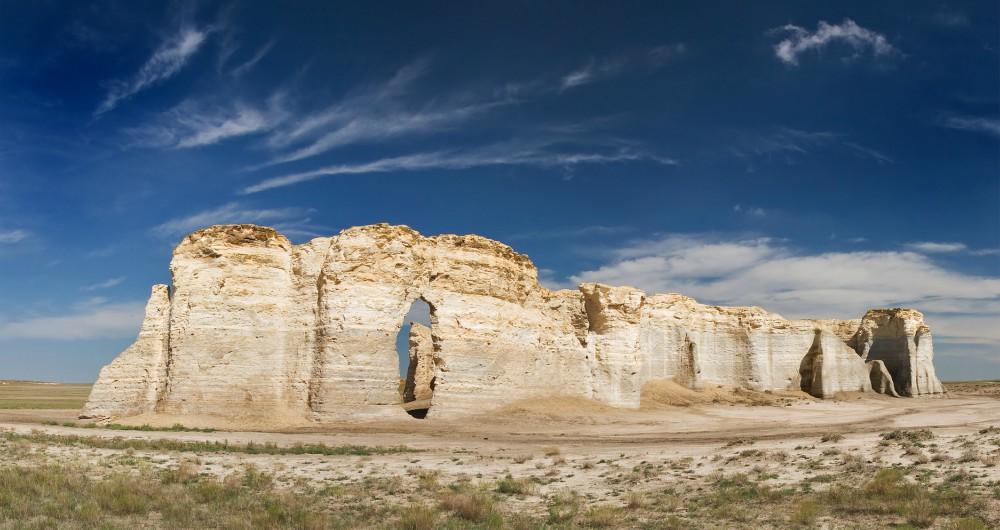
Searching for the best places to visit in Kansas and things to do there? Well, you are in the right place! Having traveled through its countryside and cities, over the many trips I’ve found that the Sunflower State offers a mix of history, natural beauty, and small-town hospitality that leaves a lasting impression. This is exactly why I decided to share my best things to do in Kansas so that you can use my guide as an inspiration to plan your own road trip.
From family-friendly attractions to outdoor adventures and cultural experiences, Kansas offers a heap of memorable experiences. Here are the ones I recommend from our most recent four week road trip, and I hope you’ll enjoy them too.
- Best Places to Visit in Northeast Kansas / Kansas City Metro
- - #1. Topeka - #2. Best Things to Do in Lawrence - #3. Overland Park
- Best Places to Visit in Western Kansas
- - #4. Dodge City
- Best Places to Visit in Central Kansas
- - #5. Best Things to Do in Abilene - #6. Wilson State Park
- Best Places to Visit in South-Central Kansas
- - #7. Wichita - #8. Cheney State Park
- Best Day Trips in Flint Hills (East-Central Kansas)
- - #9. Flint Hills Scenic Byway - #10. Cottonwood Falls - #11. Manhattan, KS
- - Map - Best Time to Visit - Worst Time to Visit Kansas - How to Get to Kansas - How to Get Around
Best Places to Visit in Northeast Kansas / Kansas City Metro
The region is one of the most diverse and accessible places to visit in the state.
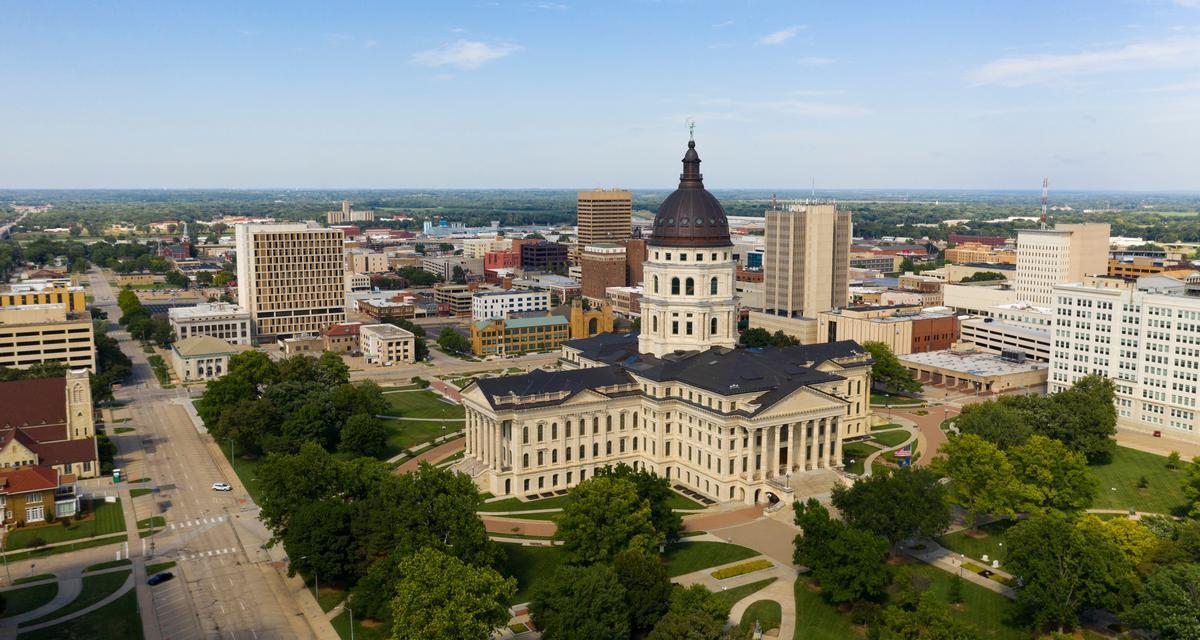
Topeka
This city felt to me like one of the most underrated gems in the Midwest this month and I thought that it was one of the best places to visit in Kansas when we were based here. Why? I loved how Kansas’s capital city balanced history, culture, and fun in such an affordable way that completely won me over.
Just an hour west of Kansas City, it made for a brilliant fall road trip stop with plenty to see and do. As a history buff, I visited historical and cultural sites first, including the Brown v. Board of Education National Historical Park in the morning and the newly updated Kansas Museum of History after lunch.
Next day, we enjoyed outdoor recreation in Gage Park and along Lake Shawnee.
On our final day before continuing on our road trip through Kansas, we checked out unique attractions like the Evel Knievel Museum and Truckhenge.
If you have more time, I also recommend exploring the NOTO Arts District, visiting the Topeka Zoo with kids, or take a tour of the Kansas State Capitol.
Dinner at The White Linen was unforgettable, a cozy, refined spot tucked into a historic downtown building and where the chef’s tasting menu celebrated Kansas ingredients in an elegant way with tender beef with roasted root vegetables, paired with a glass of smooth local red wine.
Fair warning, though, with so much to see and do in Topeka, it's easy to feel overwhelmed. We decided to join a tour with a local guide on our first visit which was a great idea. I recommend the same to you.
What I loved best:
Check prices at the Cyrus Hotel ($149), where we booked adjoining rooms for two days and I especially appreciated the blackout drapes to block out the city lights!
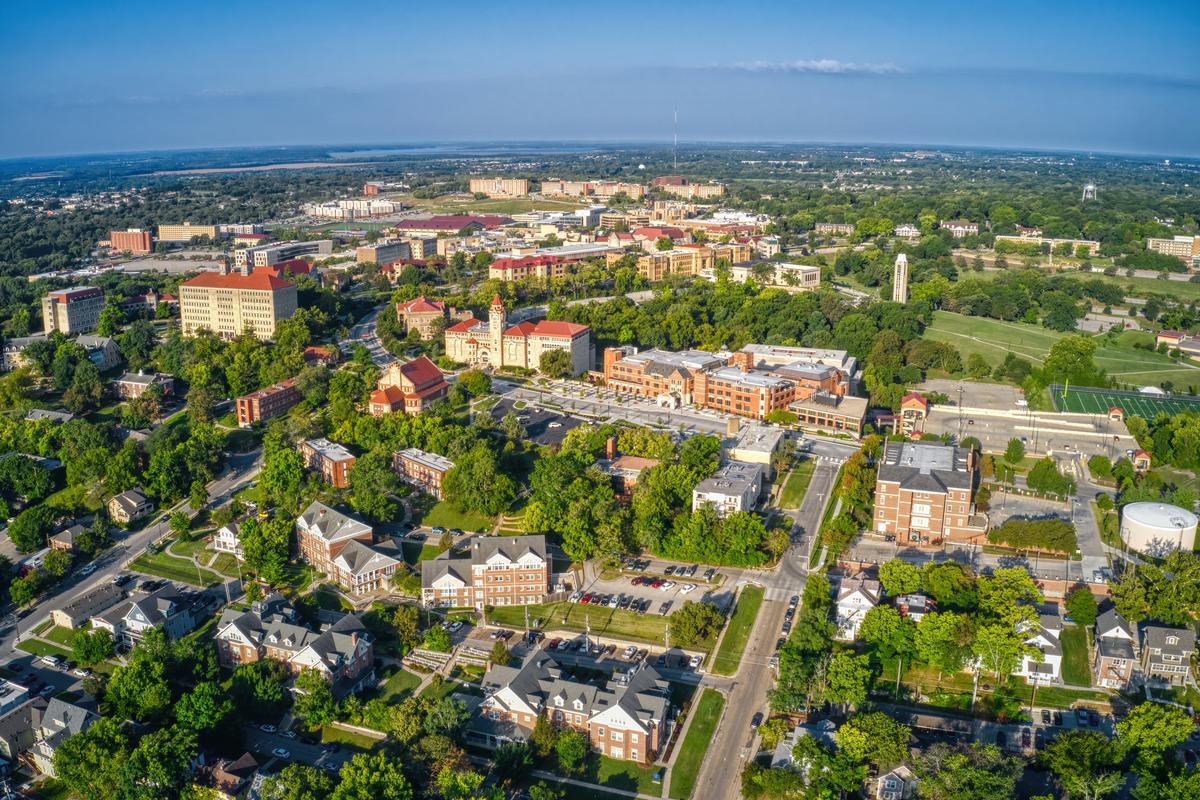
Things to Do in Lawrence
Ready for a fun college-town getaway? We absolutely love Lawrence, and have been many times. I loved visiting this scenic, culture-filled town just 25 minutes from our last stop in Topeka.
We spent a lively, easygoing long weekend based at the 4-star Oread Hotel for two days, where our Deluxe King Room with a separate sitting area and floor-to-ceiling windows provided such a stylish, comfortable base while exploring.
What I love about visiting Lawrence, Kansas is how lively and walkable it feels while still being easy to explore in a single day. It has a great mix of history, college-town energy, and local culture, all packed into a relatively small area. I recommend wearing comfortable walking shoes and planning to arrive earlier in the day, because once you start exploring, it’s easy to lose track of time.
To get to Lawrence, I suggest driving like we did on our road trip. If you’re flying in, Kansas City International Airport (MCI) is the closest major airport. Once you’re in Lawrence, parking is fairly easy, especially near downtown, and many of the main attractions are close enough to explore on foot.
If you make the trip to Lawrence, I think you should start by spending time on Massachusetts Street (Mass Street). This is the heart of the city and is lined with local shops, bookstores, coffee spots, bars, and restaurants. It’s a great place to grab a meal, people-watch, and get a feel for the town. From there, you can explore the University of Kansas campus, which is beautiful to walk through and offers great views from Mount Oread. History lovers should also consider visiting the Watkins Museum of History to learn more about Lawrence’s role in Kansas and national history.
I’ll warn you that Lawrence has a lot more going on than you might expect, especially during the school year, and it’s easy to spend most of your day just wandering Mass Street. The first time we visited, we underestimated how much time we’d want to spend popping in and out of shops and stopping for food. That's why I recommend a guided walking tour of downtown Lawrence - it was a great introduction to the city.
What I loved best:
Dinner at Merchants Pub & Plate was a standout, a modern Midwestern twist with locally sourced comfort food like the roasted sweet corn chowder and a pint of Kansas pale ale which were perfect after a long day exploring.

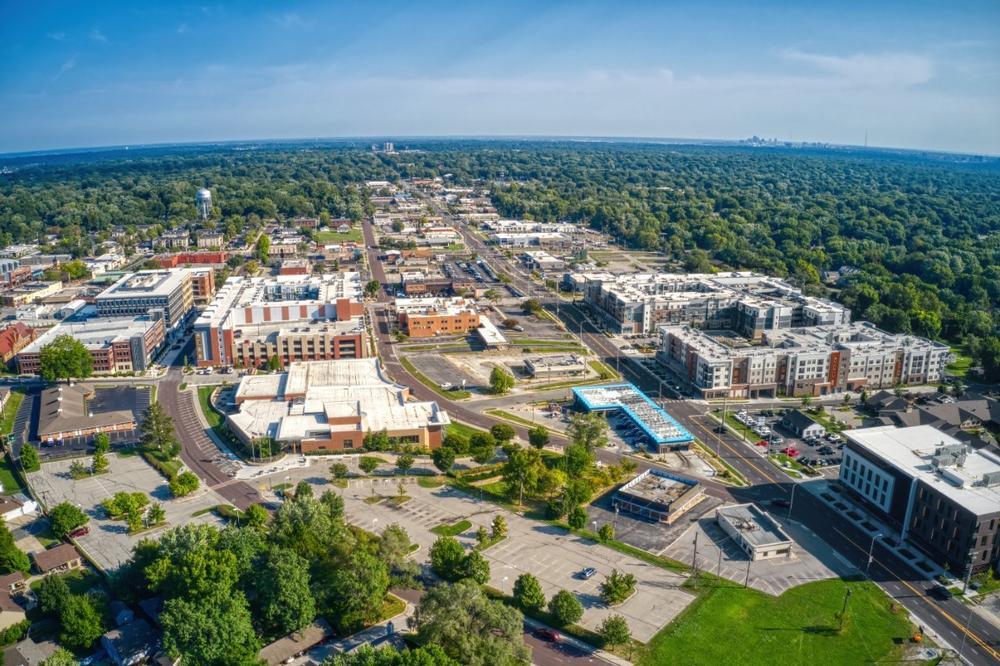
Overland Park
This is one of the most surprisingly peaceful suburban escapes I’ve ever visited, and I think it’s one of the absolute best places in the Midwest to unwind without going too far off the grid (Just 20 minutes from downtown KC!).
The first thing we did when we stopped on our road trip was explore Downtown Overland Park near Santa Fe Drive.
Walking around the farmers market was one of my favorite experiences because it felt joyful, affordable, and very community focused which made the morning extra special.
After that we headed to the Overland Park Arboretum and Botanical Gardens, which is near the heart of the city, and it was an absolute best place to slow down and enjoy nature.
The trails, bridges, and hidden corners made it feel like a dream escape and honestly one of the most amazing underrated spots we visited. Later we grabbed lunch nearby and then checked into our Airbnb. Check prices at Sheraton Overland Park Hotel if you'd prefer a hotel stay.
That evening we explored more of the area near Metcalf Avenue, finding unique restaurants and bars that made the food scene feel exciting and vibrant.
What I loved best:
We visited the Museum at Prairiefire, which is a brilliant idea for something unusual and educational near Overland Park. Seeing the architecture alone was worth it and my favorite highlight. Before leaving we spent time shopping at Oak Park Mall, which was near everything and super convenient.
Best Places to Visit in Western Kansas
I visit Western Kansas when I'm in the mood for wide-open landscapes, rich frontier history, and some of the most iconic Old West stories in the state.
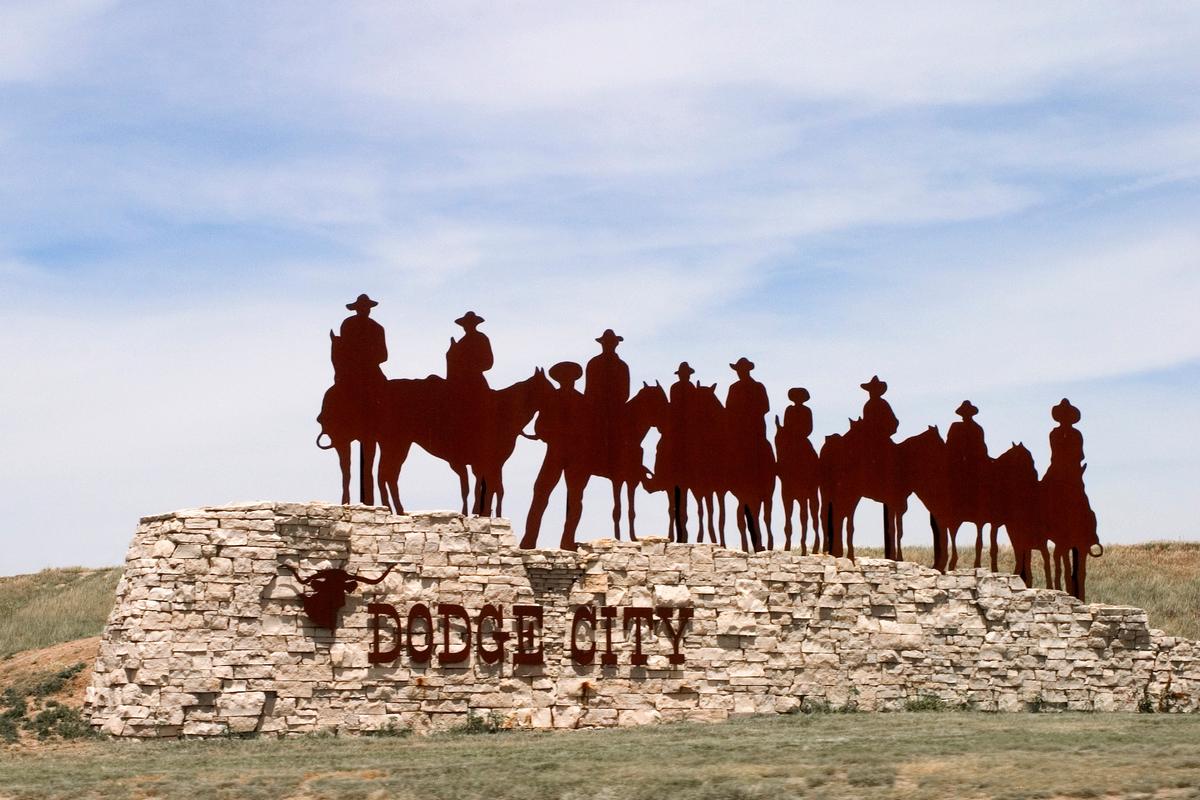
Dodge City
This place on the western plains, is one of the best places in the USA where the Old West comes alive in a way that feels both exciting and authentic! I could almost hear echoes of cowboys, cattle drives, and saloon doors swinging open on this part of our journey through Kansas.
This part of our road trip meant a lot of driving - from our last stop in Overland Park is was 5 hours to Dodge City. We stayed at the comfortable 3-star Holiday Inn Express & Suites Dodge City for five days, where our Standard Room with two Queen beds offered all the necessities.
We started at Boot Hill Museum, and I loved walking down the recreated Front Street with its wooden boardwalks, old-time shops, and even staged gunfights.
Next, we appreciated the Santa Fe Trail tracks and the historic sites scattered around the area. Standing where wagons once crossed made the experience feel so real, and it reminded me of how much this city meant in shaping frontier life.
For me, this city is one of the coolest destinations in Kansas. It’s not just a tourist stop...it’s a living connection to the Wild West that combines museums, history, and small-town friendliness into something truly memorable.
Check prices at the Dodge House Hotel, another unique place to stay in town if my first recommendation is sold out.
Best Places to Visit in Central Kansas
This region sits at the crossroads of the state, where rolling plains meet deep-rooted history and classic Midwestern charm.

Best Things to Do in Abilene
Ready for a heritage-rich prairie escape? Check out Abilene, a real standout! About midway between Kansas City and Wichita, this place is such an easy day trip (but you also turn it into the most perfect weekend getaway or road trip stop!). There's plenty of history for sure since Abilene played a big role in America’s story.
We drove west from Topeka in about an hour and a half and stayed at 2-star Holiday Inn Express & Suites Abilene for two days.
I instantly loved that there was so much to see and do. We started at the Eisenhower Presidential Library and Museum, and I loved how it gave such a powerful look into the life of the 34th president. I learned at least 10 things I didn't know and the visit will help my son's history grade too.
Next, we enjoyed exploring Old Abilene Town, where wooden boardwalks, historic buildings, and even staged gunfights brought the Wild West past to life. There's noting like stepping into the past while in the present.
You can also explore local history at the Heritage Center of Dickinson County, and learn about greyhounds at the Greyhound Hall of Fame (super unique, I've never been to a place like this!). Kids love to ride a historic steam engine on the Abilene & Smoky Valley Railroad (named #5 Best Scenic Train Ride in America by USA Today 10Best in 2025), and don't forget to see the historic Seelye Mansion ($15 Adult admission).
What I loved best:
Chris, my son and I thought that Abilene is one of the coolest small towns in Kansas in the heart of the Midwest.
My favorite highlight was watching the sunset from the Abilene City Park footbridge.
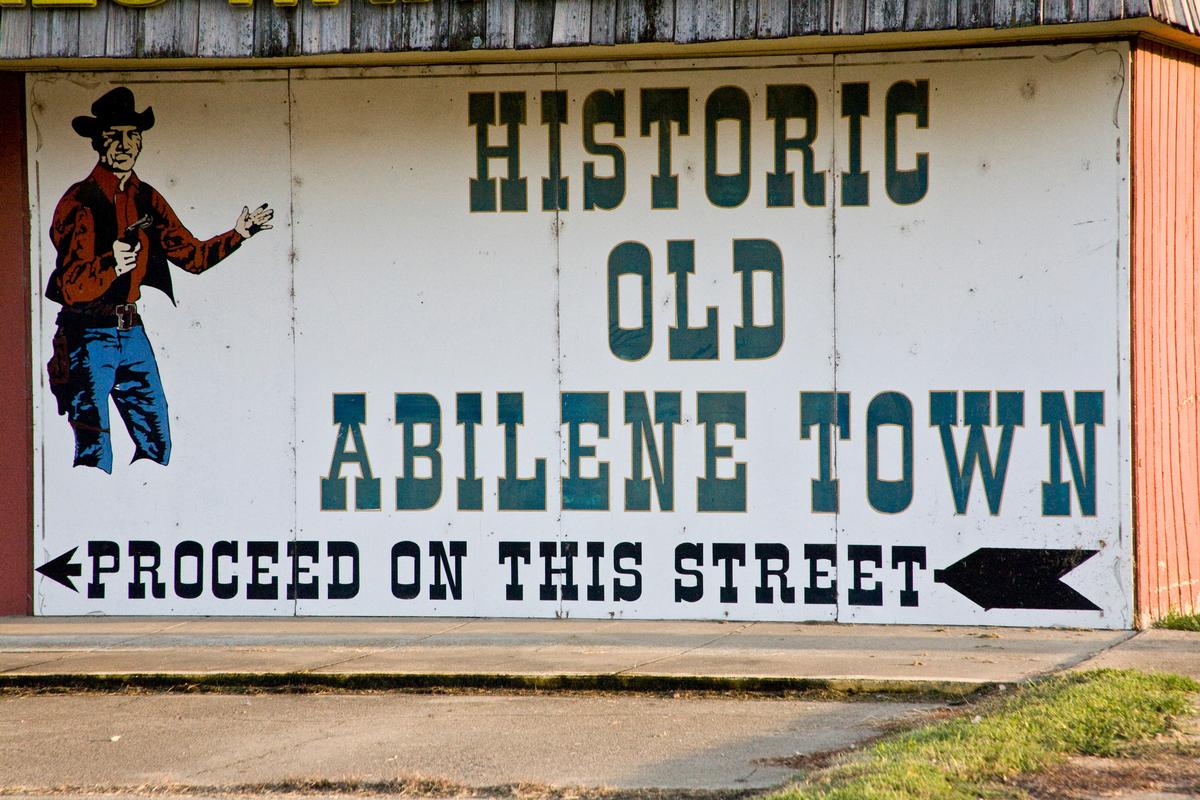
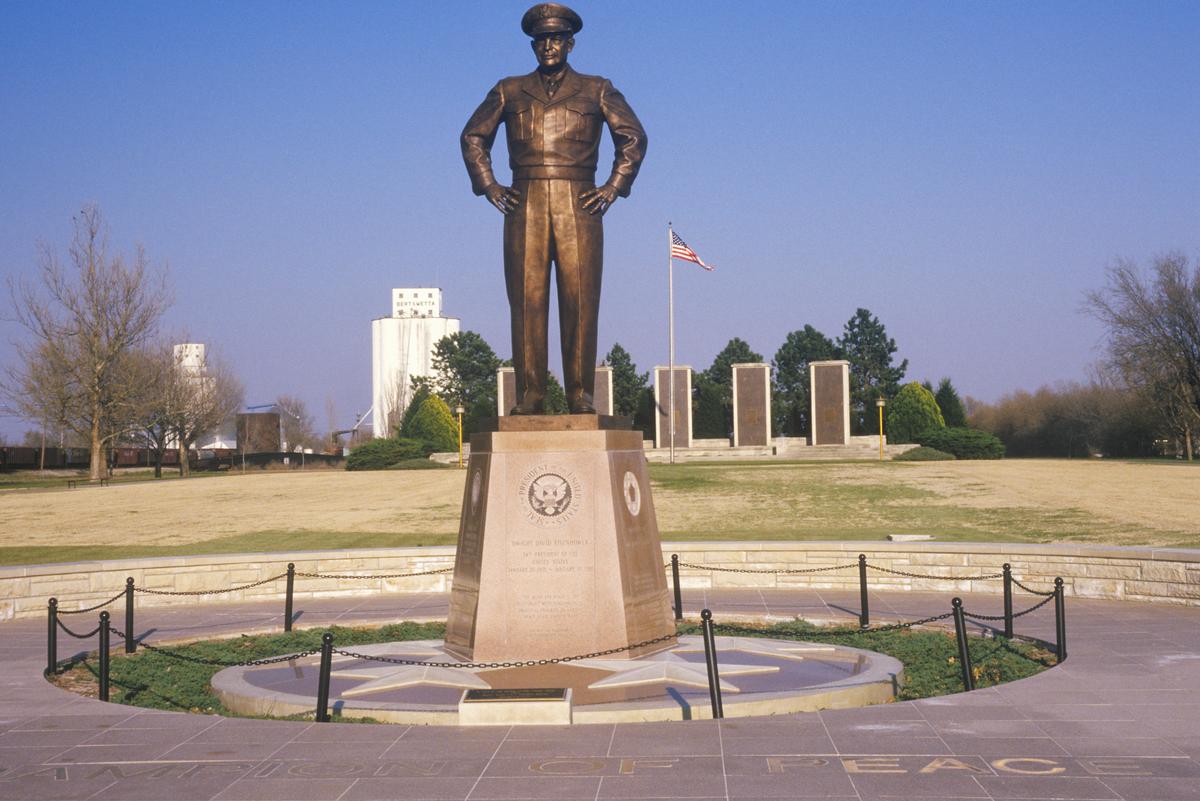
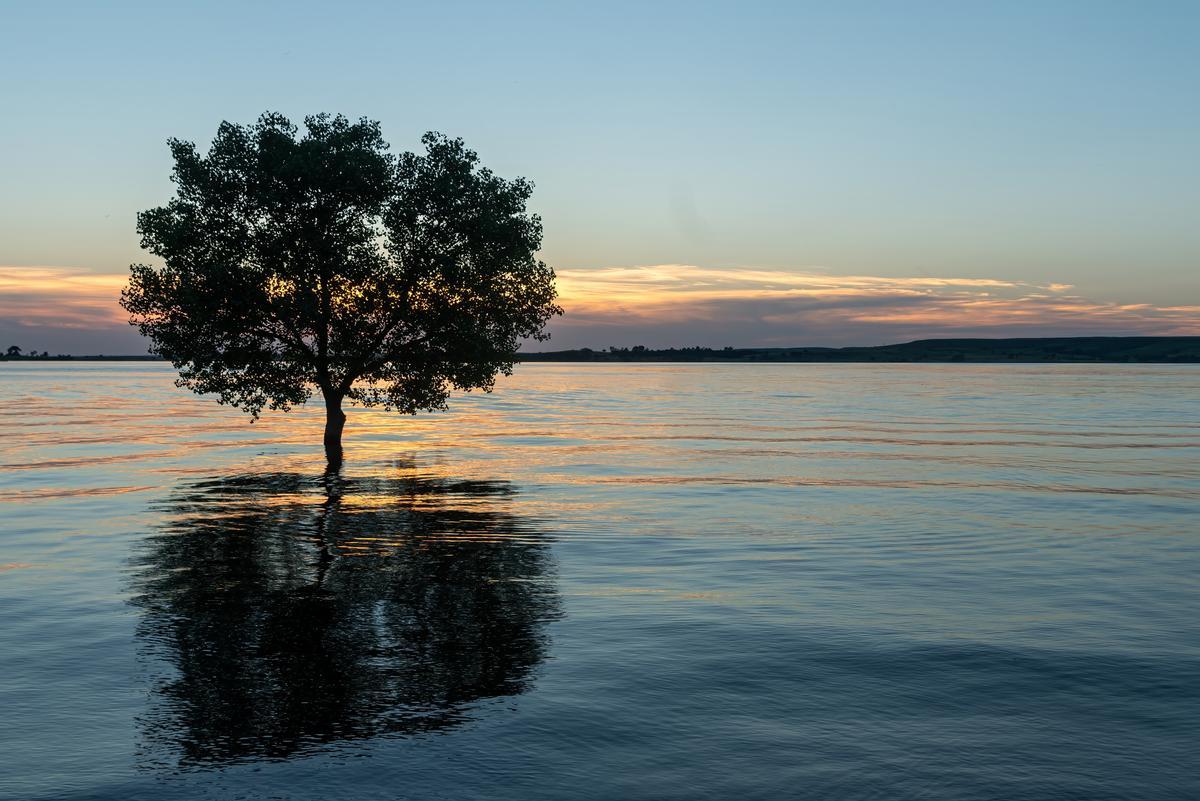
Wilson State Park
Set along the rugged shoreline of Wilson Lake, this is one of the most striking landscapes I’ve ever seen in Kansas, and we loved stopping here on our Midwest road trip. Why? Wilson State Park gave us blue-green water, red rock formations, and rolling prairie views.
If you are in the mood for a longer day trip or weekend getaway from Wichita, check out this amazing park just 2 hours away!
Often called the “clearest lake in Kansas,” Wilson Lake is located just south of the town of Wilson, KS, where I spent the afternoon exploring the Hell Creek and Otoe areas, two distinct sections of the park divided by the lake where you can cool off during your summer hike.
What I loved best:
Hiking along the Switchgrass Trail, part of the state’s premier mountain biking network, led me through dramatic overlooks and quiet coves, with endless views of the Smoky Hills stretching to the horizon, my favorite highlight.
Best Places to Visit in South-Central Kansas
This is a dynamic region where urban energy meets wide-open prairie and outdoor adventure.
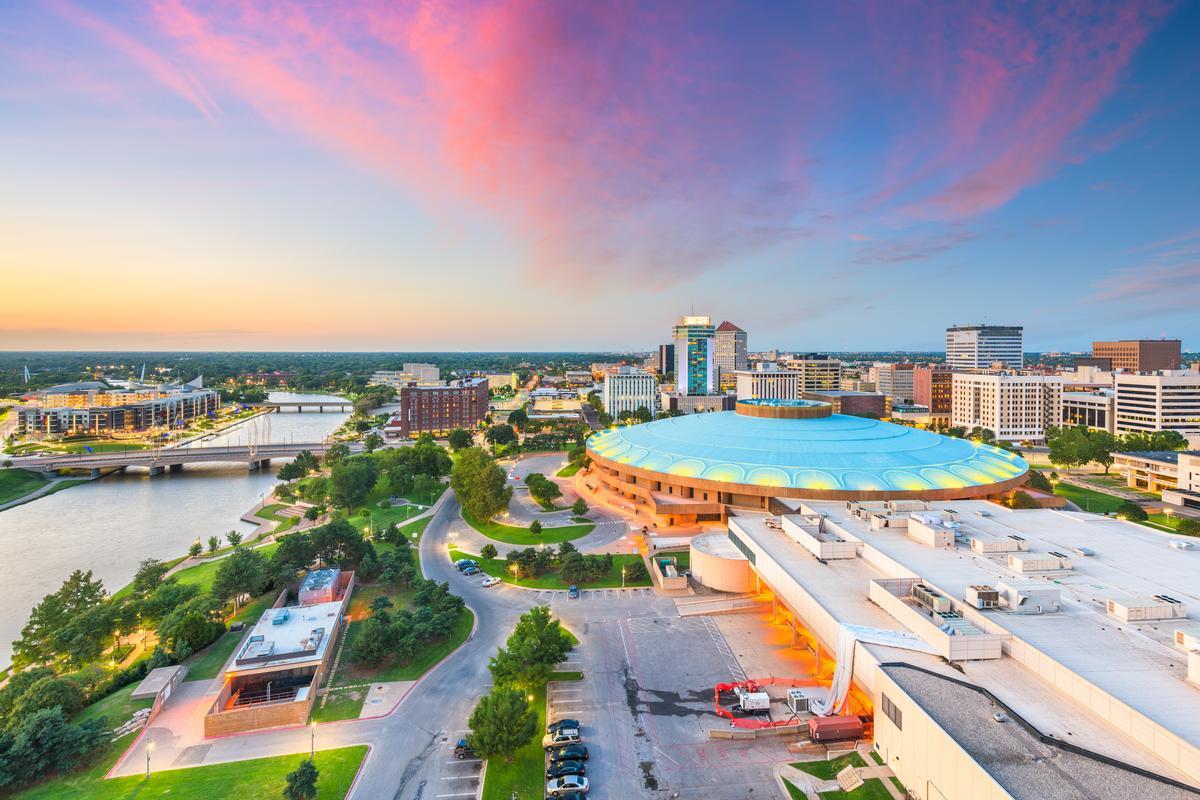
Wichita
This city, right in the heart of the state, always wows me with how much energy and variety it has. We started (and ended) our Kansas road trip here and stayed at Ambassador Hotel Wichita (AAA's Four Diamond winner so you can trust that it's a quality place) for two days, and then moved to a comfortable Airbnb for two easy-going weeks.
You can spend two hours getting to know Downtown Wichita which features historic brick warehouses now filled with breweries, coffee shops, and art spaces. Ine of my favorite things to do was visiting Botanica where you can see 4,000 unique plant species.
I also enjoyed Old Cowtown Museum, where walking past frontier buildings made me feel like I had stepped back into the 1800s.
For me, Wichita is one of the most exciting cities in Kansas. From its aviation heritage at the Kansas Aviation Museum ($10 for adults, Children 4-12, $6.00, Children 3 and under FREE) to its vibrant food scene and welcoming neighborhoods, it offers a blend of history, culture, and fun that always makes me eager to return. I have to warn you, though, that parking can be a challenge!
What I loved best:
During our two week stay in the area, we enjoyed exploring the city's cuisine and I can safely claim that it's a fantastic destination for foodies, from Georges French Bistro for French food, Newport Grill for seafood with lake views, Dempsey's Burger Pub for burgers, and HomeGrown for breakfast (with several Wichita locations to choose from!).
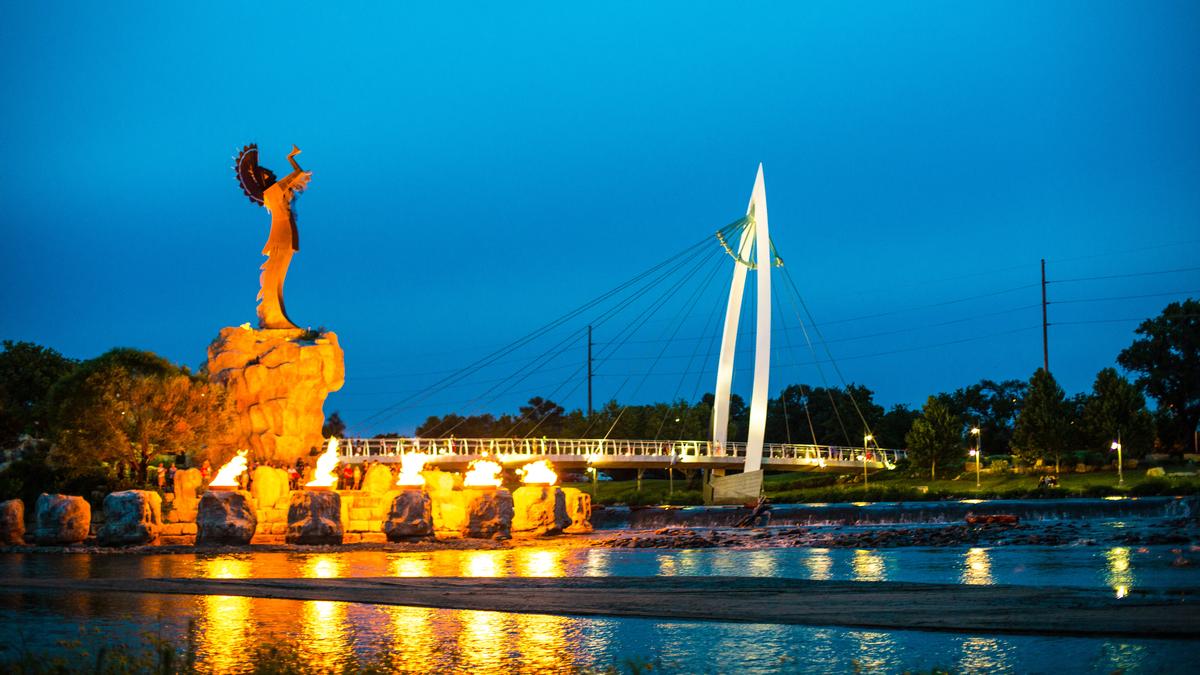


Cheney State Park - 35 minute day trip from Wichita, KS
Stretching along the shoreline of Cheney Reservoir, this is one of the most refreshing outdoor spots I’ve explored in Kansas, and I think it’s one of the absolute best lake destinations near Wichita! Why? First off, Cheney State Park offers miles of sandy shoreline, and a laid-back atmosphere far removed from crowded tourist lakes.
In addition, the hidden Midwest gem wraps around the vast Cheney Reservoir, creating nearly 2,000 acres of scenic recreation area and over 60 miles of shoreline. We loved watching sailboats glide across the water, tall prairie grasses sway in the wind, adored the sunset too, and drove back to Wichita just 35 minutes away at the end of a perfect Kansas day trip!
What I loved best:
I had so much fun spotting herons and eagles with my son along the quiet Spring Creek trails, such a simple, free activity that was very grounding and a real standout!
Best Day Trips in Flint Hills (East-Central Kansas)
Here you can see one of the last remaining expanses of tallgrass prairie in North America, offering some of the most scenic and distinctly Kansan landscapes in the state.
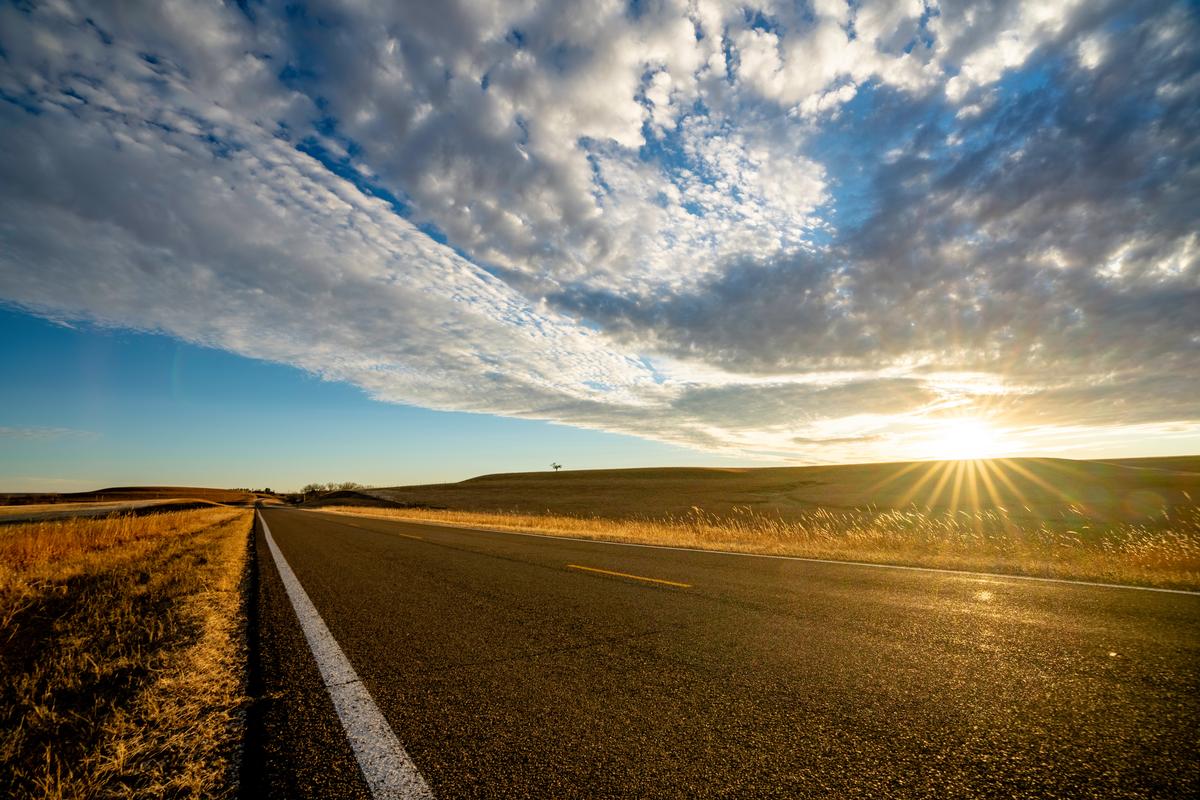
Flint Hills Scenic Byway
Driving here (about half of Highway 177) felt like stepping back in time to an era before the prairies were tamed, a real standout! Stretching roughly 48 miles between Cassoday and Council Grove, this route winds through the heart of the Flint Hills, one of the last remaining tallgrass prairie ecosystems in the world.
What I loved best:
For me, Flint Hills Scenic Byway is one of the best places to visit in Kansas because it's so unique!
The drive itself was peaceful and deeply beautiful, and I felt like stopping often to take in the views along the Flint Hills Scenic Byway. Just outside Strong City, I toured the Tallgrass Prairie National Preserve, where miles of hiking trails lead through wildflower meadows alive with butterflies and birdsong. Further north, I paused in Cottonwood Falls.
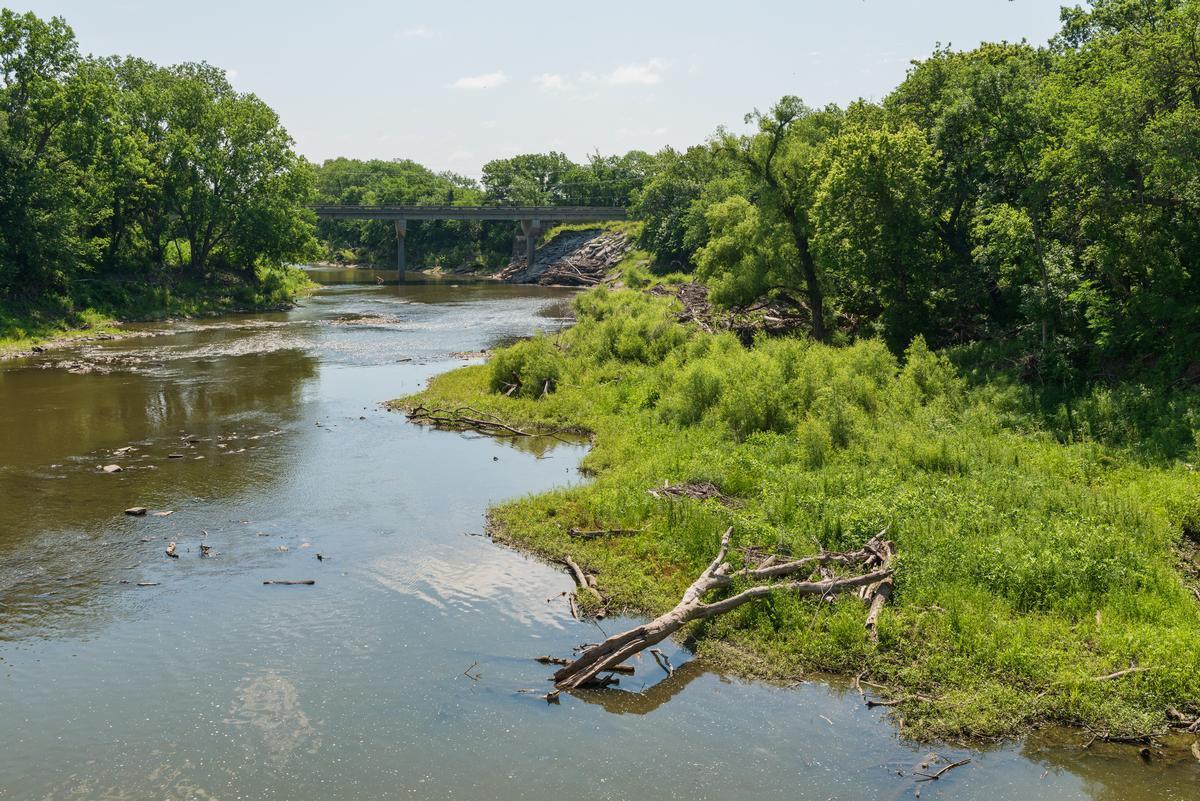
Cottonwood Falls
Situated along the Cottonwood River, this is one of the most unspoiled stretches of Kansas I’ve ever visited, and I think it’s one of the absolute best small towns in the Flint Hills.
We started with a walk to the waterfall just outside town, where the sound of rushing water and the wide-open prairie skies made everything feel calm and unhurried.
My favorite part was wandering around the Tallgrass Prairie nearby, hand in hand, surrounded by rolling hills that stretched forever and grasses that swayed like waves in the wind.
Downtown Cottonwood Falls had a quiet, storybook charm, anchored by the beautiful limestone courthouse and a handful of small shops that encouraged us to slow down and look closely.
We grabbed lunch at a local café, and it was the kind of simple, hearty comfort food that tastes even better after a morning outdoors.
I loved browsing the little antique and gift shops, full of vintage finds and handmade pieces that felt deeply connected to the area.
A peaceful highlight was stopping at a nearby winery and sipping Kansas wine while looking out over the hills—a surprisingly romantic pause in the middle of the prairie.
We also learned about the history of the Flint Hills and the town’s role in preserving tallgrass prairie, which gave the landscape a deeper meaning as we explored.
What I loved best:
My favorite highlight was standing on the hill above town at sunset, watching the prairie glow gold and purple in the fading light.
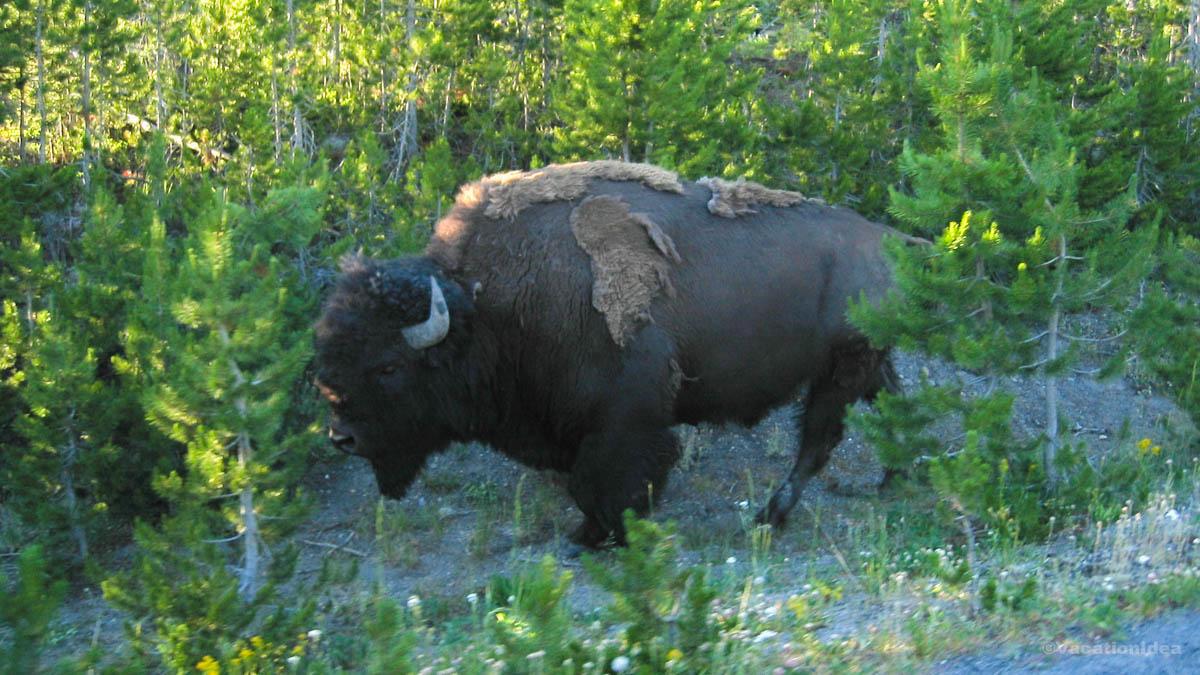
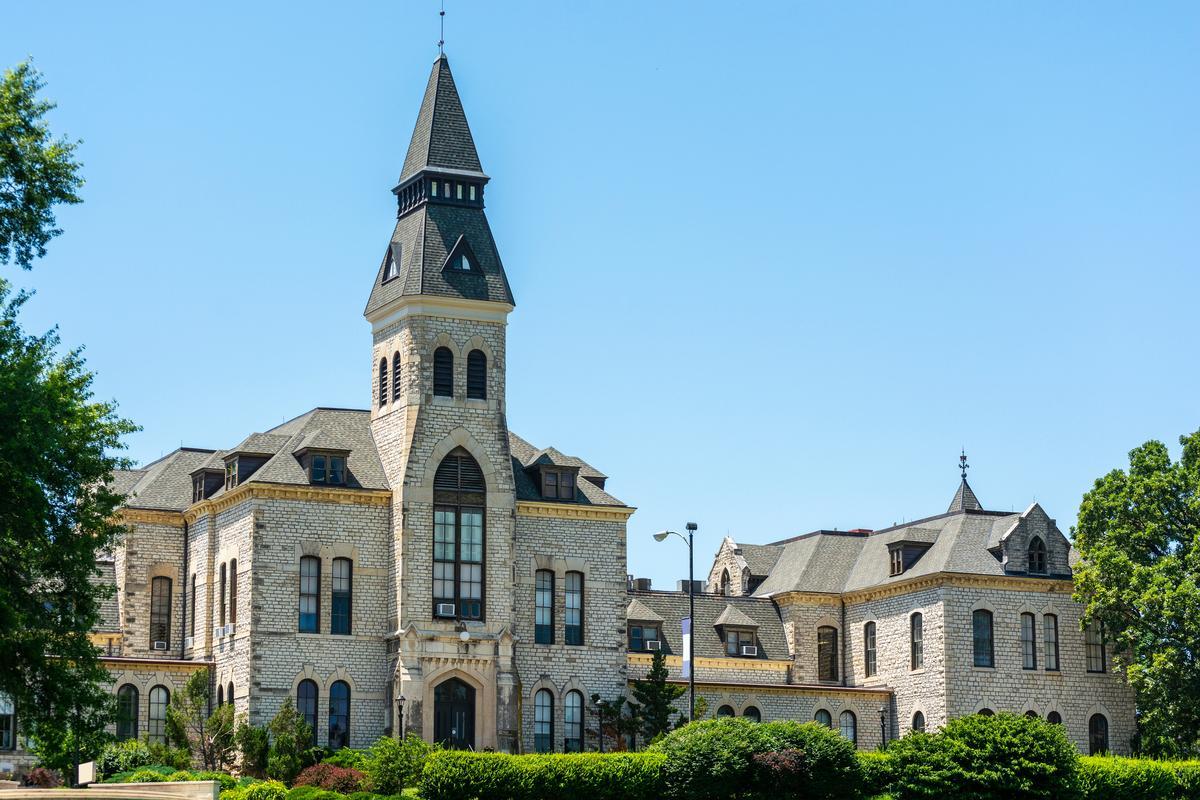
Manhattan, KS
Known as “The Little Apple,” this place quickly became one of my favorite places to visit in Kansas. About two hours west of Kansas City on our road trip, it felt like an awesome mix of vibrant college town energy and spectacular natural beauty, making it one of the best underrated destinations in the state. We checked into 3-star Bluemont Hotel for two days.
My favorite hidden gem was the Flint Hills Discovery Center because I loved how interactive and interesting the exhibits were, teaching us about the unusual and rare tallgrass prairie ecosystem.
We also thought Konza Prairie, just south of town, was spectacular and the views at sunset were unforgettable and made for one of the most romantic and affordable adventures I’ve had in the state.
What I loved best:
For me, Manhattan was one of the best places to visit in Kansas.
The Marianna Kistler Beach Museum of Art on campus was my favorite underrated stop I enjoyed because it offered a vibrant collection of regional and contemporary works.
Returning to our room at Bluemont Hotel at the end of the day was my favorite highlight, complete with two Queen Beds that comfortably slept the three of us and where I especially appreciated the hypo-allergenic bedding!

Map, Road Trip Planning Tips and Conclusion
See the places mentioned in this article on this map:
Best Time to Visit Kansas
My favorite times are April to early June and mid-September to late October because we love the outdoors.
Worst Time to Visit Kansas
There are two times of year I recommend skipping: First is late June through August, when it gets seriously hot and humid (and the sun feels intense on open prairie hikes). Secondly, late winter (usually January through early March) can bring icy roads, snow, and strong winds—making long drives across the state feel a lot less fun. If you’re visiting during summer or winter, just check the forecast and pack warm in winter!
How to Get to Kansas
- By Air: Fly into Kansas City International (MCI) (just across the border in Missouri). For in-state airports, Wichita Dwight D. Eisenhower National (ICT) is the biggest, and Manhattan Regional (MHK) is convenient for Kansas State + the Flint Hills.
- By Car: Kansas is extremely road-trip friendly, especially if you want to explore small towns, scenic byways, and wide-open landscapes.
- By Train: You can take Amtrak into Kansas on the Southwest Chief, which stops in places like Garden City, Dodge City, and Newton.
How to Get Around Kansas
Having a car is by far the easiest.
Conclusion
Wow! Congratulations for reading through all my Best Things to Do in Kansas. I hope that our experiences inspire you to go on your own road trip to one (or more!) of my favorite Midwest USA destinations!

Booking Checklist
1. Book Your Flight - I use Expedia because I like their mobile app with my itinerary. They've helped me re-book flights on many occasions. Once you reach their Gold tier, support is especially good.
2. Book Your Hotel - I use Booking.com or Expedia, depending on my destination.
3. Book Your Rental Car - I use Expedia.
4. Book your tours on Viator or Get Your Guide.
5. If you are planning to visit more than three national parks in the next 12 months, we've found that buying the America the Beautiful Pass is cost effective.
